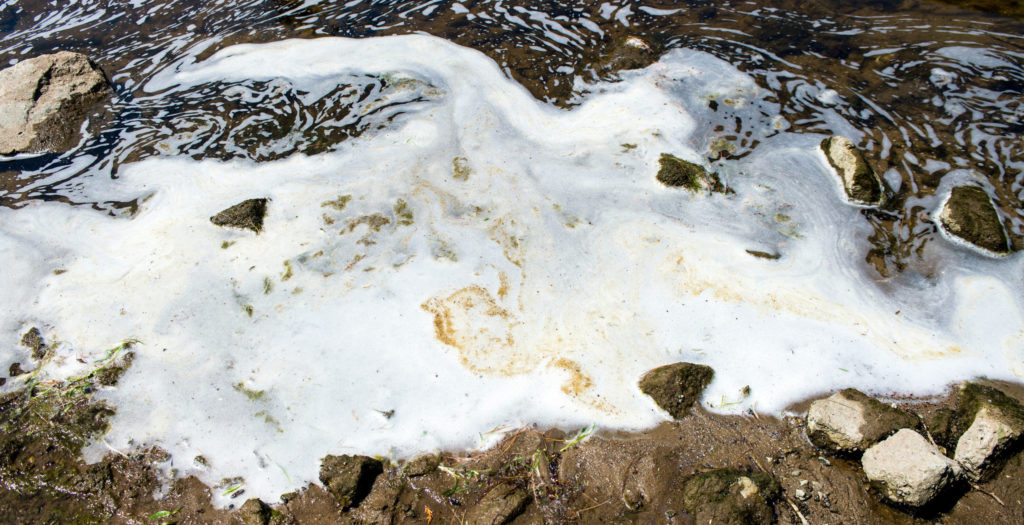Recently, the U.S. Environmental Protection Agency (U.S. EPA) adopted new health advisories for four specific types of PFAS. The new health advisories are 17,500 times lower for PFOA and 3,500 times lower for PFOS than the U.S. EPA health advisories established in 2016.

